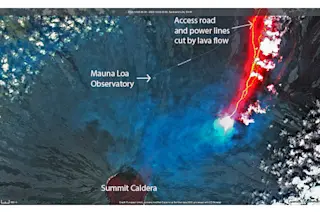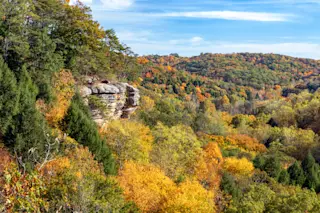Fog running across the surface of Bøkfjorden near the shore of Kirkenes, Norway, is evidence of heat being released from the relatively warm, ice-free waters. (Photograph: © Tom Yulsman) As a frigid blast from the north takes aim on a large part of the United States — again — I'm sitting at the source: the Arctic — where I am paradoxically actually enjoying the benefits of some tropical heat. You can see evidence of that heat in the mosaic of iPhone images above. But before I explain this particular polar paradox, I should say that as I'm writing this I'm in a darkened lecture hall at the Arctic University of Norway in the lovely, cosmopolitan city of Tromsø. I'm here to cover the Arctic Frontiers conference. The name captures the gestalt: The Arctic is warming about twice as fast as the mid-latitudes, which makes this region a new frontier, at ...
The New Arctic Frontier: Follow the Heat
Arctic warming twice as fast is evident in Kirkenes, Norway, where sea smoke reveals warmer waters and changing climates.
More on Discover
Stay Curious
SubscribeTo The Magazine
Save up to 40% off the cover price when you subscribe to Discover magazine.
Subscribe













